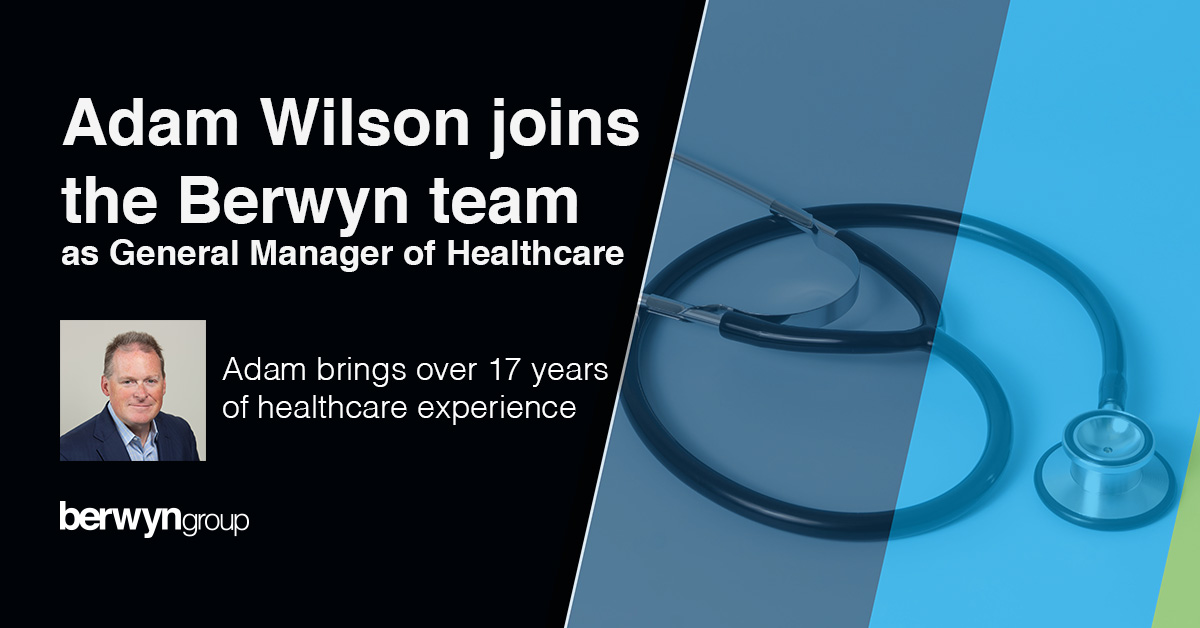Pension plans and insurance companies have a lot on their plate, so it isn’t uncommon for their death audit process to get overlooked. It may often be seen as checking a box to make sure there’s some form of a death audit process in place. However, not taking a deeper dive into how effective the death audit process is working could be leading to massive amounts of overpayments or reserves that could drastically be reduced.
Below are some key elements to consider when reviewing your current death audit process:
What data sources does your current death audit process use?
There is no single source to find decedents, it’s often a combination. The most important being obituaries. But obituaries can be hard to track down for several reasons. There aren’t any standards as to what information is provided within an obituary. Some may include a nickname vs. their name on a birth certificate. It also is not uncommon for obituaries to only be available for a short period of time online.
After reviewing hundreds of participant files, along with data from the SSA DMF and CDC, we can calculate decedent identification success rates based on a method used:
| Method | Success Rate |
|---|---|
| Only the DMF. | 16% |
| The DMF and state data. | Up to 33% |
| Using a death audit provider that uses the DMF, state data and limited obituaries. Data you receive needs to be validated and is not pulled on a continuous basis. | Up to 70% |
| Using a death audit provider that uses the DMF, stat data and advanced obituary databases. Data provided is already validated and your participant data is continuously updated. | 96.5% |
How to know if your death audit process is actually working.
It’s important to ask some of the fundamental questions about your death audit process to determine if the process you have in place is sufficient, or if you need to consider other options. These questions to ask include:
- Are you using a death audit service provider?
- Is the death audit service provider data independent?
- Are the results provided to you already validated?
- Is your participant data run on an on-going basis (more than monthly)?
If you answered “no” to any of the above, we suggest it may be time to consider a better death audit process. Not using a death audit service provider means that you likely don’t have all the resources they do to identify decedents. If the death audit service provider is not data independent, then you risk the data getting cut off at any given point. If the results are not validated, it’s not only much more work for you, but as you are validating results your other participant data is becoming outdated. If a death audit isn’t a continuous process, deaths are being missed and overpayments are being made.
Why implementing a better death audit process needs to become an immediate priority.
Bad data snowballs and gets exponentially worse. Taking care of it now will extend the longevity of your pension plan by eliminating overpayments or releasing reserves faster. Take the first step and learn about CertiDeath®, which provides validated results by using proprietary algorithms and a team of experts to achieve 96.5% identification with 99.9% accuracy.
We invite you to ask us for a free CertiDeath Analysis where we can run your participant data (or a portion of it) to see if you are missing any deaths. If anything, this free analysis will show you how many deaths you are are missing.



